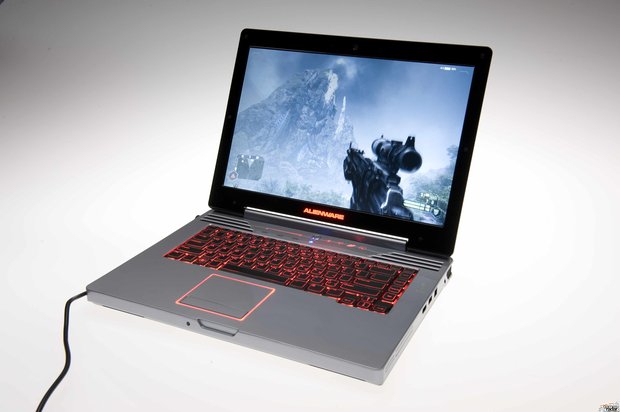Is Steams new in-home streaming a genuine threat to PS4 and Xbox One?
The latest phase in Valve’s bid for world domination went live yesterday: Steam In-Home Streaming. The feature, built into the Steam platform, will allow PC gamers to stream games over a home network from one PC to another. It’s the next step in getting PC gamers off their computer chairs and onto the couch. The question is, will Steam’s new features and the various available and incoming Steam Boxes shift PC gamers to the traditional domain of the console: the living room?
Valve recognises that PC gamers are a varied lot, and Steam’s campaign against consoles tries to target them with differently implemented features. It’s an approach that Sony and Microsoft experimented with in their systems, including the streaming service between PS3 and PSP Vita, and cross-platform multiplayer between Xbox and PC versions of Microsoft exclusives.

In-Home Streaming targets PC gamers who have a gaming rig and a media centre PC connected to their TV. Using In-Home Streaming you can launch a game on Steam on your gaming PC, then settle down on the couch and control the game using your media centre's inputs. The network transfers the commands from the media centre’s peripherals, and all the graphics are streamed back like a movie. It’s convenient to make gaming a more household social experience with your loved ones, though I can’t guarantee the cat on your lap will improve your kill count.
Cables and limited entertainment unit space mean having a full-sized gaming PC under your TV isn’t always convenient, especially if you have to contend with console bricks. Clearly, In-Home Streaming is a sweet alternative for the gamers who currently have their PC physically attached to their TV all the time. With most AAA titles releasing on multiple formats, and with the added bonus of merry discounts in Steam Sales, this could really bring back some PC gamers who had converted to consoles. I was certainly excited to play Dishonored on Steam in the living room, though I felt sorry for my then-neglected PS3.
The only downside I can think of is that both PCs will need to be on in order to play, and the success of the stream is completely dependent on the speed of a player’s home network. Testing will determine if online games will suffer lag from transfers around the house, and how much interference (if any) will come from local devices. Wouldn’t want your mum’s dodgy mixer--that makes the TV crackle when it’s on high--interfering with in an otherwise splendid game of DOTA 2.

Another interesting feature, probably aimed at parents, is Family Library Sharing. This function lets users share access to their library with a select group of family and friends. Although you can’t co-op, your guests will have unique save files and their own achievements on their own connected device. Combined with In-Home Sharing, it could mean that your guest--be it child, spouse or friend--can play games on the TV while you are using your PC for other non-Steam pursuits.
Having previously dominated the TV, this sort of inclusive connectivity should make the console giants start to worry about Steam sales and the eclectic range of PC games to entice Indie and hardcore gamer alike. That's not to mention the boost it could give PCs in the ever-lucrative kids’ and family game market. It’s also worth considering the time gap between release on console and PC. With the exception of Ubisoft and Rockstar titles, the gap between AAA releases is shrinking, and there are a lot more indie games on PC than on the consoles, despite the PS4’s much vaunted Indie revolution.
Sign up to the GamesRadar+ Newsletter
Weekly digests, tales from the communities you love, and more
The ultimate gamble in Valve’s war on consoles is the Steam Box, which may be the weakest link compared to other features, blurring the line between console and PC in a currently unclear way. A great advantage of PCs is that they are much more than just gaming machines, so the success of Steam Boxes will depend on their versatility, configuration, retail availability, upgradeability, and price. Though Steam Boxes replicate console convenience and connect seamlessly with Steam’s Big Picture mode, the certainty surrounding how ‘real PC’ may make hardcore PC gamers wary until the fog lifts...

Will Steam conquer the living room? It’s still uncertain, but all the right pieces are slowly coming into place. ‘Slowly’ is certainly the operative word, but like the turtle and the hare, slow and steady might win this race. To crack the nut of console TV exclusivity, Valve's salvos will need to be carefully planned. So even if you’re a resolutely couch-based gamer, it’s becoming increasingly appealing to think about saving your pennies for a decent PC rig, rather than shelling out on new-gen consoles. Either way, Microsoft and Sony should be watching very, very closely.


